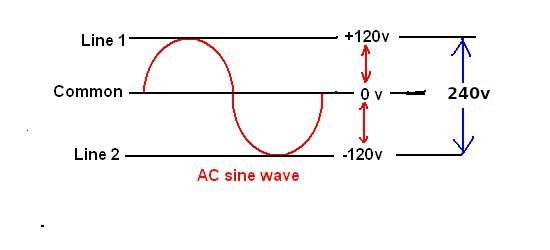JoelP
Well-known member
It is my understanding that all RVs have single phase systems for 50 A hookups. While there are two legs of power, unlike most 240V equipment and appliances in your home that use these legs out of phase to generate 240V, in an RV these 2 legs are really only two 120V sources that are in phase with each other. I was about to install an older Level 2 charger for a plug in hybrid car for my son-in-law and was surprised to see that it was also 40A single phase, requiring a special 40A circuit breaker that put both halves on the same busbar of the home's service panel. My own level 2 charger runs from a 2 phase 240V outlet which has a plug that looks just like the standard 50A plug we use in RV parks.
It seems to me that I had read that it would do damage to plug my RV into such a 2 phase 240V circuit, but I am perplexed as to why this would be a problem. My impression is that the L1 and L2 legs of my RV power simply power different circuits and that there is rarely if ever any use for 240 V in any RV, even to the high power devices like my heat pump. So, if one circuit were out of phase with respect to another going into my RV, what harm could this do if they never are required to interact? Would my Progressove surge protector react adversely to having L1 out of phase with L2 and shut down one or both legs of power?
It seems to me that I had read that it would do damage to plug my RV into such a 2 phase 240V circuit, but I am perplexed as to why this would be a problem. My impression is that the L1 and L2 legs of my RV power simply power different circuits and that there is rarely if ever any use for 240 V in any RV, even to the high power devices like my heat pump. So, if one circuit were out of phase with respect to another going into my RV, what harm could this do if they never are required to interact? Would my Progressove surge protector react adversely to having L1 out of phase with L2 and shut down one or both legs of power?

